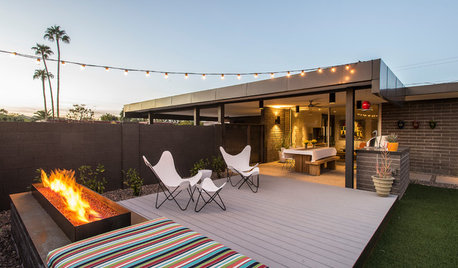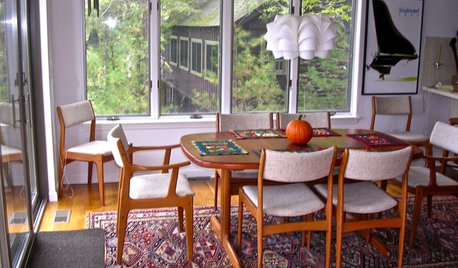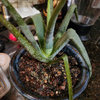Question for Al....
thinkstoomuch
11 years ago
Related Stories

KITCHEN DESIGN9 Questions to Ask When Planning a Kitchen Pantry
Avoid blunders and get the storage space and layout you need by asking these questions before you begin
Full Story
GREEN DECORATING8 Questions to Help You See Through Green Hype
With the ecofriendly bandwagon picking up some dubious passengers, here's how to tell truly green products and services from the imposters
Full Story
FURNITURESmart Shopper: How to Judge Antique Furniture Quality
Pick the treasures from the trash without expert experience by learning how to evaluate antiques and what questions to ask
Full Story
MOST POPULAR10 Things to Ask Your Contractor Before You Start Your Project
Ask these questions before signing with a contractor for better communication and fewer surprises along the way
Full Story
FUN HOUZZHouzz Quiz: What's Your Decorating Style?
Answer these 9 questions to find out what decorating style suits you best
Full Story
MIDCENTURY HOMESHouzz Tour: Rethinking a Midcentury Modern Icon
In Phoenix, a Paradise Gardens subdivision home designed by noted modernist Al Beadle gets a thoughtful update
Full Story
HOUZZ TOURSHouzz Tour: From Olden Church to Soaring Modern Marvel
Pray join us on this trip through an incredible home in Melbourne that's a real sanctuary
Full Story
DECKSTake It Outside! Inspiring Ideas for Outdoor Dining
Make fresh-air meals as comfortable and genteel as those indoors — and maybe even a bit magical
Full Story
MODERN STYLEHow to Get That Modern Scandinavian Look
It's not all stark design and clean lines. Scandinavian decorating is surprisingly warm and ventures well beyond white
Full StoryMore Discussions










greenman28 NorCal 7b/8a
thinkstoomuchOriginal Author
Related Professionals
Bridgetown Landscape Architects & Landscape Designers · Oatfield Landscape Architects & Landscape Designers · Mercedes Landscape Contractors · West Haverstraw Landscape Contractors · Bell Gardens Solar Energy Systems · Champlin Solar Energy Systems · Cocoa Beach Solar Energy Systems · Old Saybrook Solar Energy Systems · Palo Alto Solar Energy Systems · Enumclaw Window Contractors · Bloomington Fence Contractors · Charlotte Fence Contractors · North Miami Beach Fence Contractors · Palo Alto Fence Contractors · West Bend Fence Contractorsjodik_gw
thinkstoomuchOriginal Author
greenman28 NorCal 7b/8a
greenman28 NorCal 7b/8a
rina_Ontario,Canada 5a
thinkstoomuchOriginal Author
greenman28 NorCal 7b/8a
thinkstoomuchOriginal Author
greenman28 NorCal 7b/8a
thinkstoomuchOriginal Author
meyermike_1micha
jodik_gw